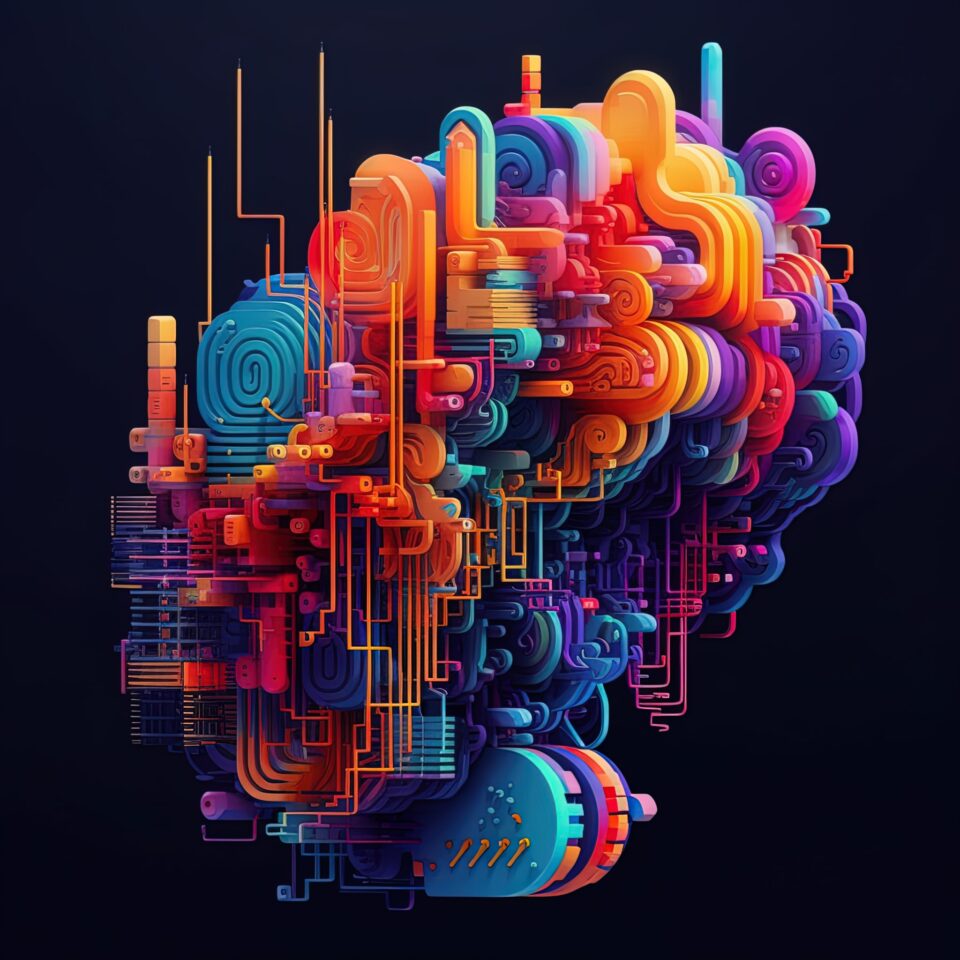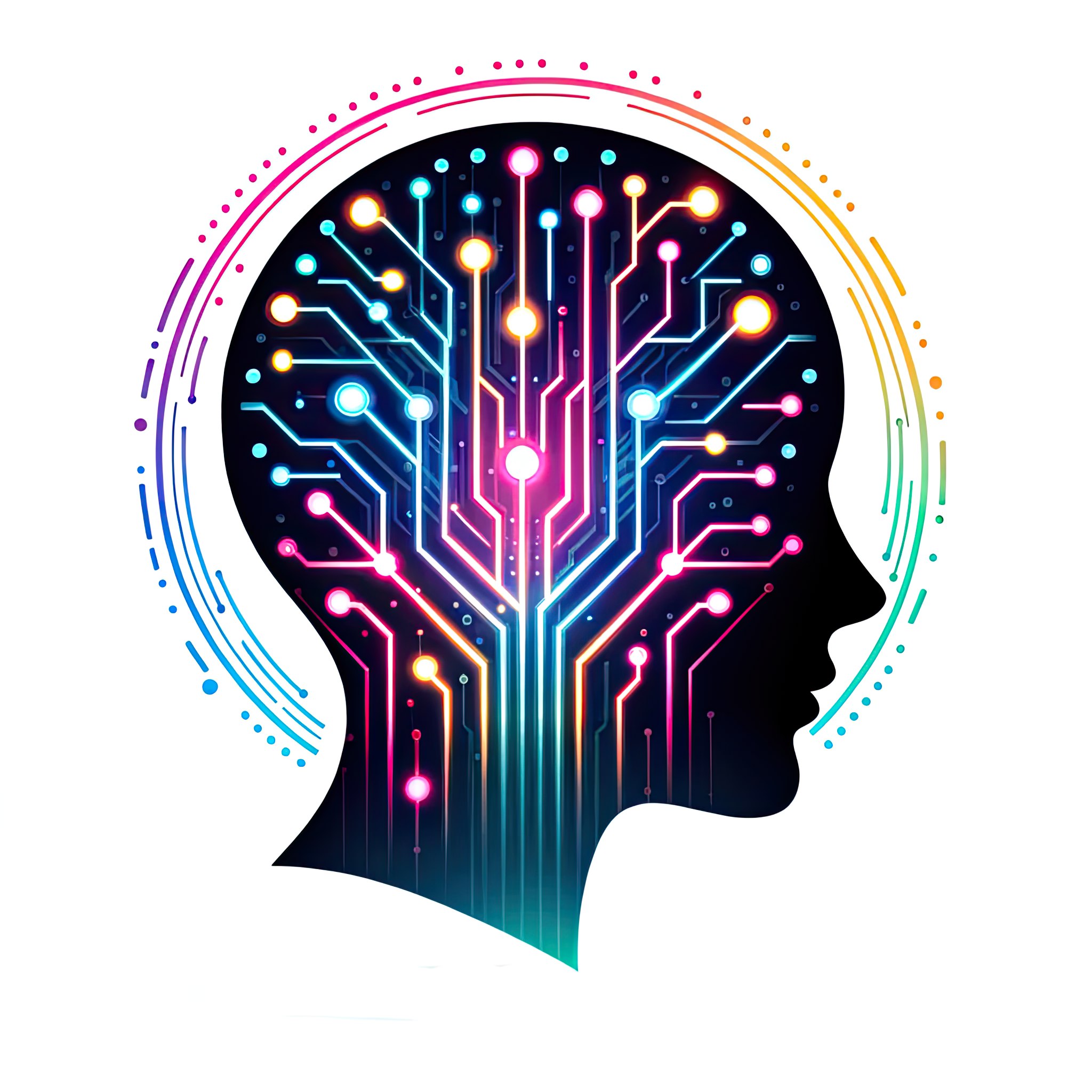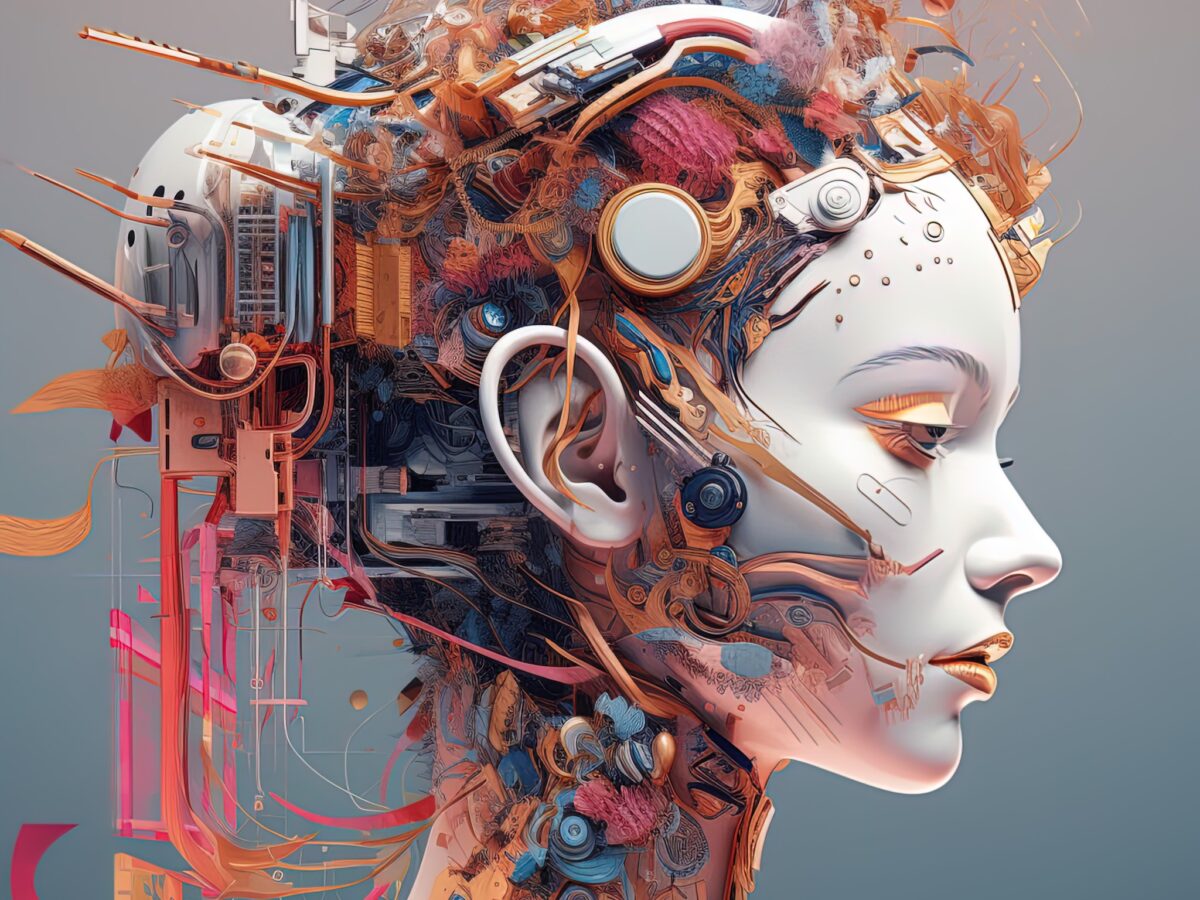As we look ahead to the future, it’s increasingly clear that Artificial Intelligence has a significant role to play. But within the vast and varied landscape of AI, there’s one field that truly stands out when it comes to the realms of creativity and content creation: generative AI. This transformative technology has the potential to revolutionize art, writing, music, graphic design, and publishing, effectively serving as the creative backbone of the future. In this article, we’ll delve into the fascinating world of generative AI, exploring its capabilities, its applications in various creative fields, and its implications for the future of content creation.
What is Generative AI?
At its core, generative AI is a type of artificial intelligence that can create new content from scratch. Unlike traditional AI systems that are designed to analyze and respond to inputs, generative AI systems generate original outputs, which can take the form of text, images, music, and more. These systems learn from vast quantities of data, identifying patterns and emulating them to create something new. They often use techniques from machine learning, particularly deep learning, to achieve these feats.
Generative AI in Writing
Generative AI has shown immense promise in the realm of writing. For instance, AI models like GPT-3, developed by OpenAI, can generate coherent and contextually relevant text. This capability has opened up a plethora of opportunities for content creation. AI can assist writers in brainstorming ideas, drafting articles, generating creative writing, and more. It can also automate certain aspects of writing, such as creating reports or summaries, freeing up human writers for more creative and complex tasks.
Moreover, generative AI is revolutionizing publishing by automating tasks like proofreading, fact-checking, and even suggesting edits to improve readability and style. This not only streamlines the publishing process but also reduces the scope of human error.
Generative AI in Art and Graphic Design
Generative AI is making waves in the art world as well. Artists are leveraging AI algorithms to create unique pieces of art. For instance, the advent of Generative Adversarial Networks (GANs) has allowed for the creation of novel, AI-generated artwork. GANs consist of two parts: a generator, which creates images, and a discriminator, which tries to differentiate between the generated images and real ones. The two work in tandem to continually improve the quality of the generated images.
Similarly, in graphic design, generative AI can be used to automate certain tasks, such as creating variations of a design or generating templates. This can greatly improve efficiency and allow designers to focus on the more creative aspects of their work.
Generative AI in Music
Generative AI also holds tremendous potential in the field of music. AI systems can be trained on various genres and styles of music, then generate new compositions that reflect those styles. This can serve as a powerful tool for musicians, providing them with unique compositions to work with or inspiring them with new melodies.
Furthermore, AI can aid in the music production process, automating aspects of mixing and mastering, thereby making the process more efficient and accessible to non-experts.

The Future of Generative AI in Creative Fields
Looking ahead, the potential applications of generative AI in creative fields are vast and exciting. As the technology continues to advance, we can expect to see AI taking on more complex creative tasks and collaborating more closely with human creators.
The true power of generative AI lies in its ability to augment human creativity, not replace it. By automating routine tasks, it allows human creators to focus on the aspects of their work that require a deep, nuanced understanding of human emotion and experience – the aspects that, at least for now, remain uniquely human.
As we move into a future where generative AI plays a major role in creative work, we need to carefully consider the implications. One possible scenario is that generative AI could significantly change the incentive structure for creators, potentially inundating us with an overabundance of content. With production costs falling close to nothing, the pressure to personalize content to represent the specific consumer could rise dramatically. This could fundamentally change what content creation looks like and potentially risk the slowing down of human-driven innovation.
This rise in personalized experiences could also disrupt the shared experiences we currently enjoy when consuming the same book, movie, or news. It could make it easier to create politically divisive content, worsening filter bubble effects, and potentially reducing the average quality of content alongside the share of authentic human content.
Yet, even amidst these challenges, there remains a significant role for humans in the ecosystem. As the cost of finding relevant content rises, the value of human curation becomes more valuable relative to creation. This can result in a concentration and bifurcation of the market, with established artists dominating the scene and new creators finding it harder to break in.
Another potential scenario is a backlash against algorithmically generated content. People may start valuing authentic creativity more and might be willing to pay a premium for it. Despite the remarkable capabilities of generative AI, they often suffer from problems with accuracy, producing content that may sound legitimate but is riddled with factual errors and erroneous logic. Humans, with their unique creativity and awareness of social and cultural context, maintain a competitive advantage. Culture changes much faster than generative algorithms can be trained, meaning humans maintain a dynamism that algorithms cannot compete against.
In this scenario, strong governance of information spaces will be necessary to counter the downside risks, including the potential for an explosion of false or misleading content. This will require human intervention and carefully designed governance frameworks.
Generative AI could be the biggest change in the cost structure of information production since the creation of the printing press. This could lead to rapid innovation and disruption across various industries. As such, it’s important to prepare for the changes ahead. This includes getting comfortable with AI as a partner in creative endeavors, learning how to best prompt AI tools to perform tasks, and investing in digitizing and structuring knowledge, which will be a critical value driver in the decades to come.
It’s crucial to strike a balance between the role of AI and the role of human authenticity in art and content. Businesses and society will be responsible for deciding how much of the creative work will ultimately be done by AI and how much by humans. As we integrate generative AI into our daily work existence, we must not forget that creativity also brings meaning and emotion to human lives, a facet that AI has yet to replicate.
In conclusion, generative AI is poised to become the creative backbone of the future. It has the potential to revolutionize various creative fields and disrupt the way we create and consume content. However, as we embrace this transformative technology, it’s important to carefully consider its implications and strike a balance between AI-generated content and authentic human creativity.
All images and all text in this blog were created by artificial intelligences

